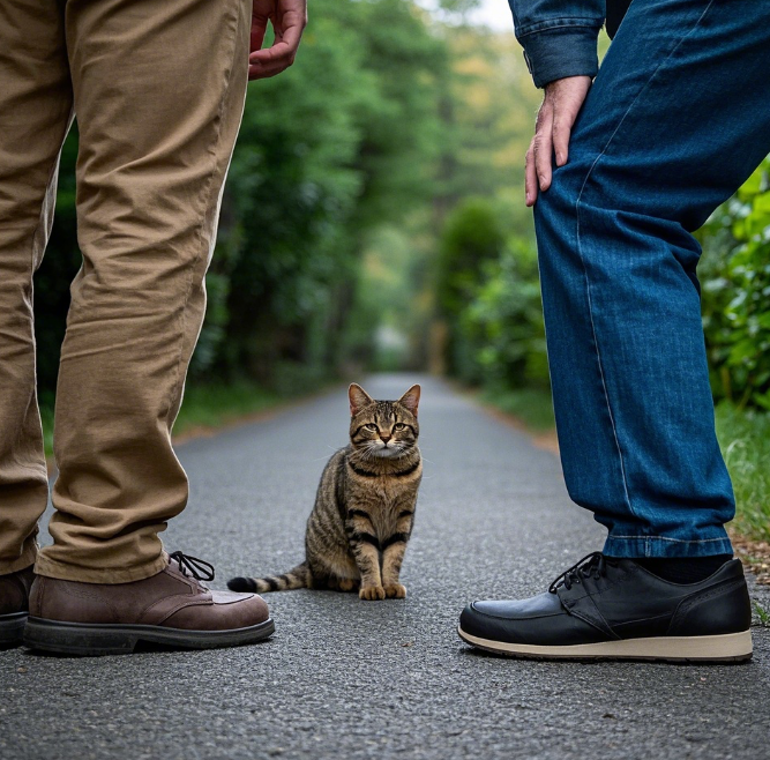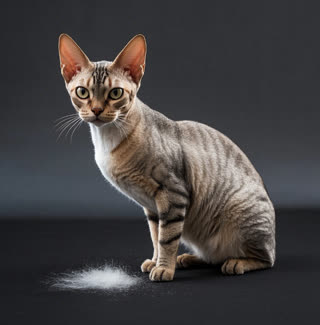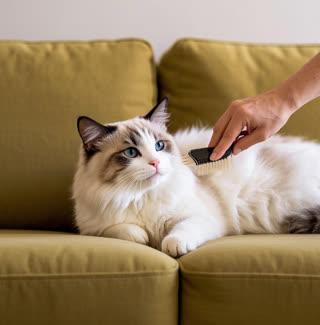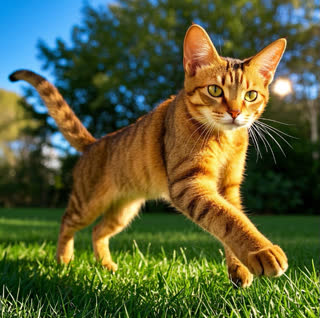Understanding Cat Attention-Seeking Signs
Common Signs of Attention-Seeking
Rubbing Against Your Legs: A classic move to demand pets or treats.
Persistent Meowing: Especially when you’re busy or ignoring them.
Bringing “Gifts”: Dead prey or toys as a way to engage you.
Knocking Items Off Surfaces: A surefire way to grab your attention.
Sitting on Your Head: Yes, even in the middle of the night.
Causes of Excessive Attention-Seeking
Boredom: Indoor cats without enough stimulation may act out.
Separation Anxiety: Common in single cats left alone for long periods.
Stress: Changes in routine, new family members, or moving homes can trigger clinginess.
Health Issues: Sometimes, attention-seeking behavior masks underlying medical problems like urinary tract infections.
The Role of Cat Territorial Behavior
Types of Cat Territories
Core Territory: Their safe haven (e.g., their bed, food bowl area).
Hunting Territory: Outdoor spaces or areas where they play.
Shared Territory: Living areas they share with family members.
Signs of Territorial Aggression
Urine Marking: Spraying vertical surfaces to leave scent.
Hissing or Growling: When someone enters their space.
Stiff Posture: Tail thrashing, ears flattened, and raised hackles.
Guarding Key Areas: Positioning themselves near food bowls or litter boxes.
Why Do Cats Block Your Path Specifically?
Attention-Grabbing: They want you to stop and interact, especially if you’re rushing past them.
Territorial Assertion: By blocking high-traffic areas (like doorways), they’re signaling, “This is my domain.”
Safety Check: Cats may position themselves in your path to monitor potential threats from behind you.
How to Manage Attention-Seeking and Territorial Behavior
For Attention-Seeking Cats
Establish a Routine: Schedule playtime and cuddle sessions to meet their needs predictably.
Ignore Undesirable Behavior: If they block you for treats, wait until they move before rewarding them.
Provide Enrichment: Puzzle feeders, cat trees, and interactive toys can reduce boredom.
For Territorial Cats
Neuter/Spay: This minimizes hormone-driven marking and aggression.
Create Safe Spaces: Provide multiple hiding spots and resources (food bowls, litter boxes) to reduce competition.
Use Pheromone Diffusers: Products like Feliway mimic cat appeasing pheromones to calm anxiety.
General Tips
Avoid Punishment: Negative reinforcement can worsen anxiety and aggression.
Consult a Vet or Behaviorist: If behavior escalates, seek professional guidance.










